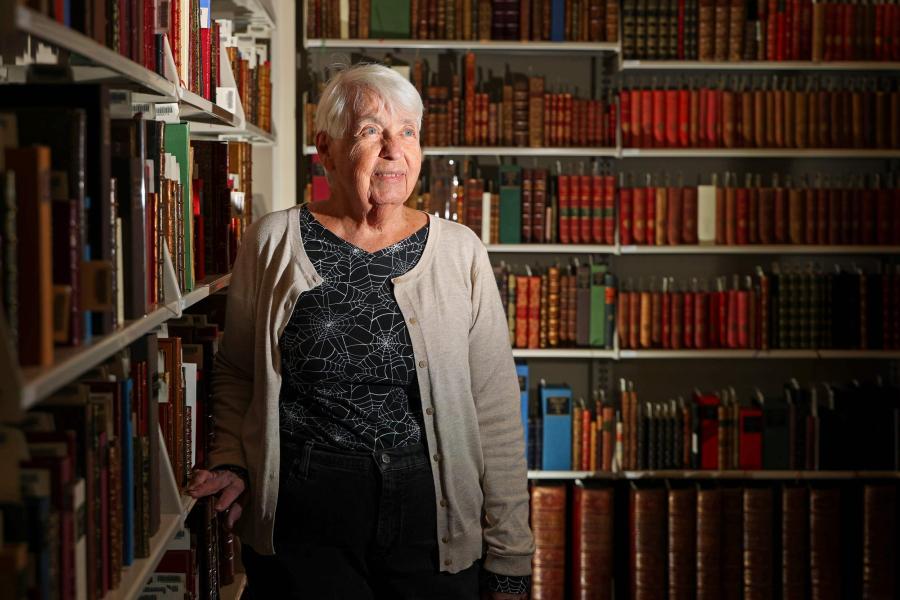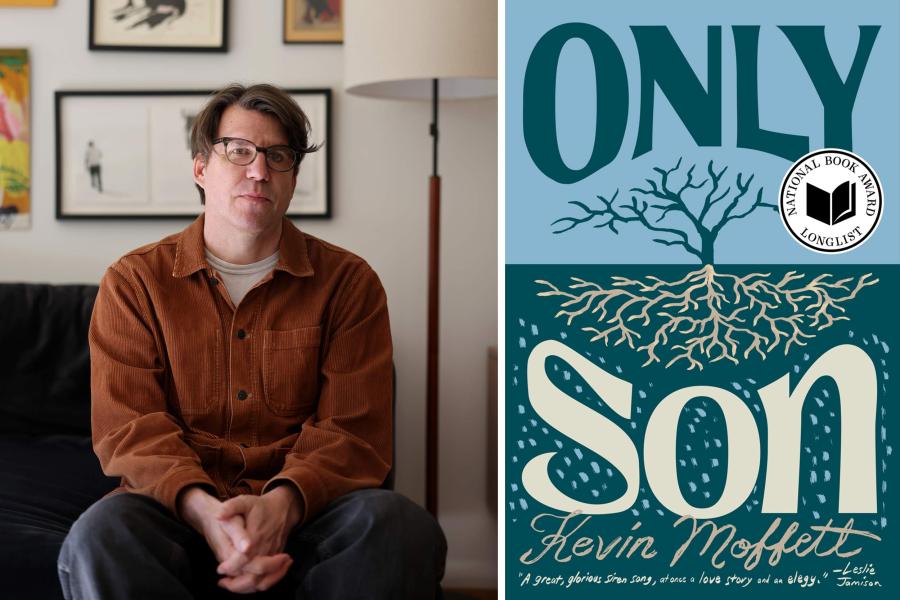Q. Were theaters in danger because of the pandemic? How much did the movie industry need this sustained period of time of people returning to theaters?
A. They definitely needed it. I think there were people in the movie industry who were genuinely really worried – and these were worries that existed prior to the pandemic. There’s a lot of fear and discomfort in certain quarters of the movie industry with the rise of things like Netflix and Amazon Prime. These massive streaming companies are getting into the movie-making business. If Netflix had its way, it wouldn’t release any of their movies to theaters. I mean, they sometimes do, but it’s usually just to get awards consideration.
Tom Cruise is a great example of an old-fashioned person in the movie industry. He apparently really fought to keep the new “Top Gun” movie off streaming and demanded that the movie be released in theaters. And he was very much proven right.
To answer the question, I don’t think a lot of people in the movie industry saw it as a foregone conclusion that people were going to necessarily come back to theaters the way that they have in some of these cases.
Q. “The Gray Man” had a limited theater release on July 15 and then came available on Netflix a week later. How common is this trend? What is the strategy behind this kind of hybrid release?
A. That, specifically, is probably a Netflix thing. Their business model is based in subscriptions; it’s based on streams. So there’s not a lot of incentive for them to release movies in theaters.
To be considered for the Academy Awards, a movie has to be shown in the theaters. That rule is maybe one incentive for Netflix.
The other incentive for Netflix is word of mouth. “The Gray Man” – I’ve read some reviews of it, people think it’s pretty cool. And if you have a small handful of people – including critics – who have seen this movie on the big screen and have said, “Wow, this movie is pretty awesome,” that’s going to build a lot of buzz for when it’s released on Netflix.
Disney’s done some of that, too. They’ll have the movie out in theaters for a few weeks and then they’ll put it on Disney Plus, but you have to pay to watch it on Disney Plus.
People are just trying to figure out the best way to make money. For a lot of these companies, it is this combination of the theater-going element and the streaming element.
Q. In sports, there’s a collective push to create a better in-game experience for the fan as attendance numbers have dropped in recent years. What are theaters doing to combat the comforts of watching movies at home?
A. A good example is Alamo Drafthouse in Charlottesville. They give you this full experience in terms of watching a movie. They have great screens and great sound, but they also have a wait staff that will bring you food, and the food’s pretty good, and you can have beer and you can get cocktails. These are things that when I was a kid, I never went to a movie theater where that happened.
That’s a smart business model. People spend a lot of money when they go to Alamo and generally have a really good time. But it’s also something that Alamo can point to and say, “This isn’t something you can recreate in your own home.” And you’re seeing more theaters embrace models like that. There are theaters now with bars in them, like the Violet Crown on the Downtown Mall.
It’s pushing past the old experience of just soda and a popcorn in a crummy theater. You’re now getting these more lavish theaters.






